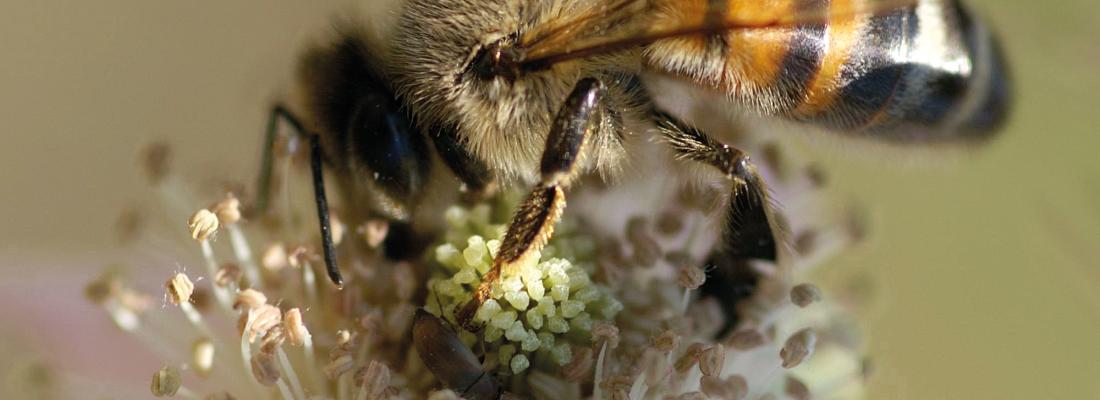Agroecology Reading time 5 min
Winter colony survival: flowering catch crops and natural wooded habitats improve honeybee health
Published on 14 March 2017

One of the direct impacts of agricultural intensification is that flora providing food resources to pollinators is becoming increasingly rare. Particularly in large-scale crop areas, the lack of resources at the end of the growing season may compromise the honeybee’s ability to amass the necessary honey and pollen reserves needed for the colony’s overwinter survival. To remedy this situation, beekeepers working in grain crop–producing areas often place beehives near late-flowering plants.
Overwinter survival rate in colonies with high-vitellogenin bees is approximately 90%
Restoring floral resources in major crop areas is thus decidedly important for bee colonies. The study, conducted by INRA in partnership with ACTA and ITSAP-Institute de l’abeille, made it possible to understand the physiological mechanisms involved when bees have access to these floral resources. In colonies close to flowering catch crops, bees had higher fat body mass, the necessary energy reserves for overwinter survival. They also had higher levels of vitellogenin, a strong antioxidant that promotes longevity. The improvement in bee health also increased the chance of successful colony overwintering. Colonies with low-vitellogenin bees have overwinter survival rates of 60%, whereas colonies with high-vitellogenin bees have overwinter survival rates of around 90%.
Researchers also demonstrated that when farmers plant intermediate crops producing nectar and pollen from September onwards — such as yellow and brown mustard, berseem clover, purple and common vetch, phacelia, and sunflower — the diversity of resources collected was increased, thusly contributing to overall bee health. The effect was even more significant when resources were gathered from natural environments such as hedges and forest margins.
The causal link between floral resources and bee health directly supports the need to preserve natural habitats in agricultural areas. In areas where natural habitats are scarce, appropriate management of intermediate crops can make it possible to align agricultural interests (nitrate sinks, soil erosion control) with bee protection.
Alaux C., Allier F., Decourtye A., Odoux J.-F., Tamic T., Chabirand M., Delestra E., Decugis F., Le Conte Y., Henry M. (2017) A ‘landscape physiology’ approach to assess bee health highlights the benefits of floral landscape enrichment and semi-natural habitats. Scientific Reports, 7: 40568.
The authors thank all the partners in this study and in particular the farmers and beekeepers who accepted the constraints of the experiment. The study received Casdar funding from the Ministry of Agriculture (2012-2014).
